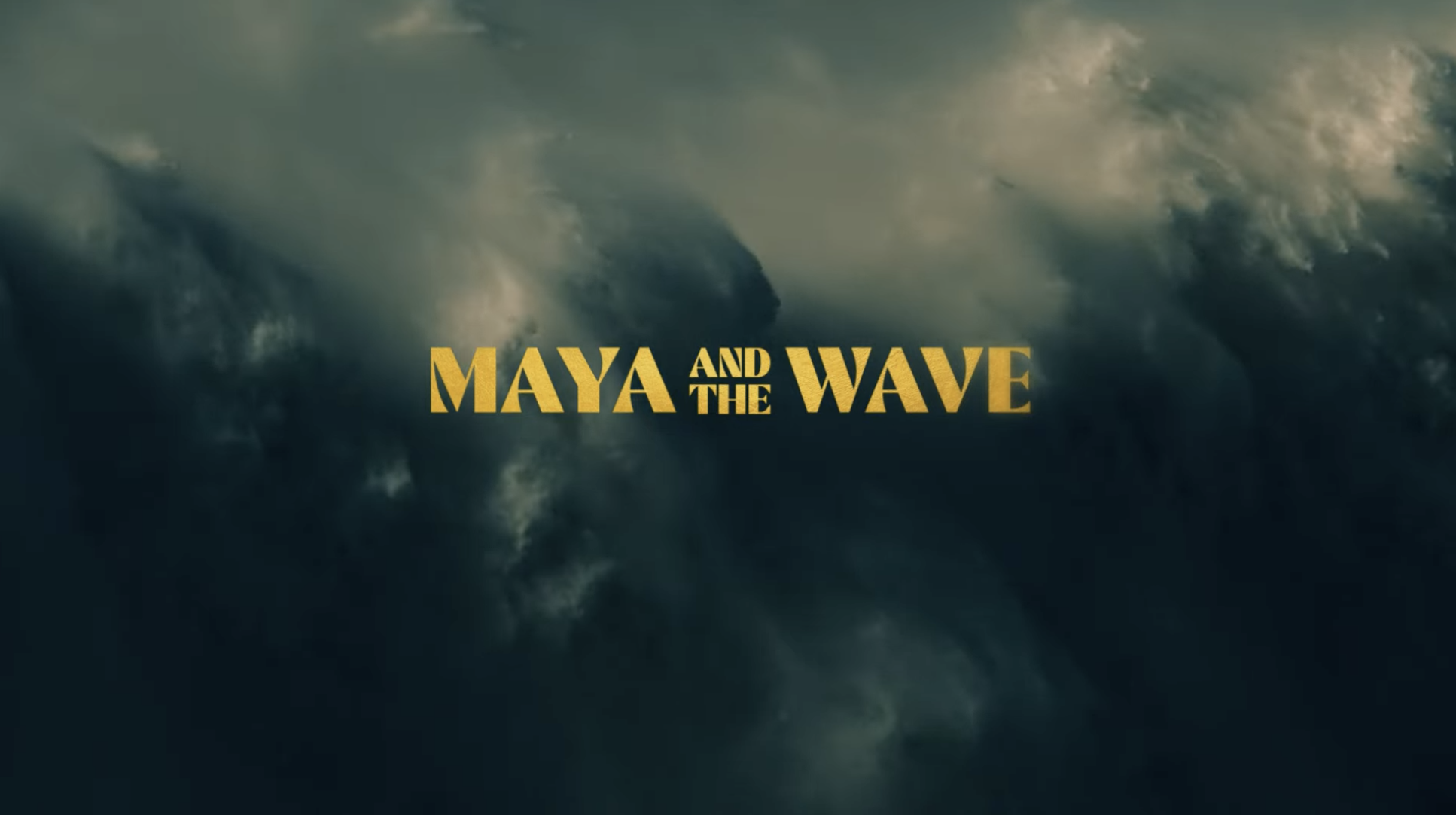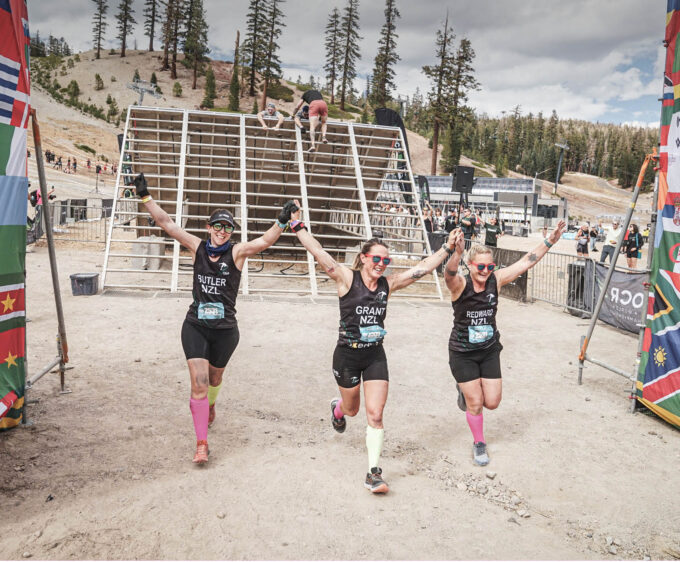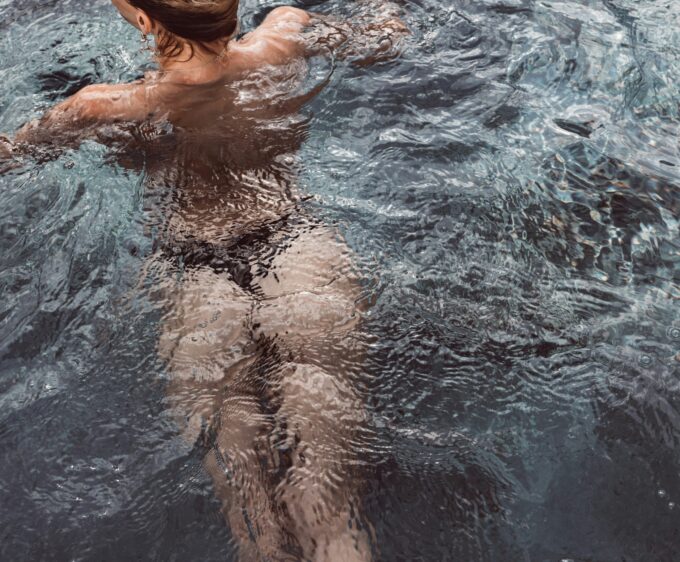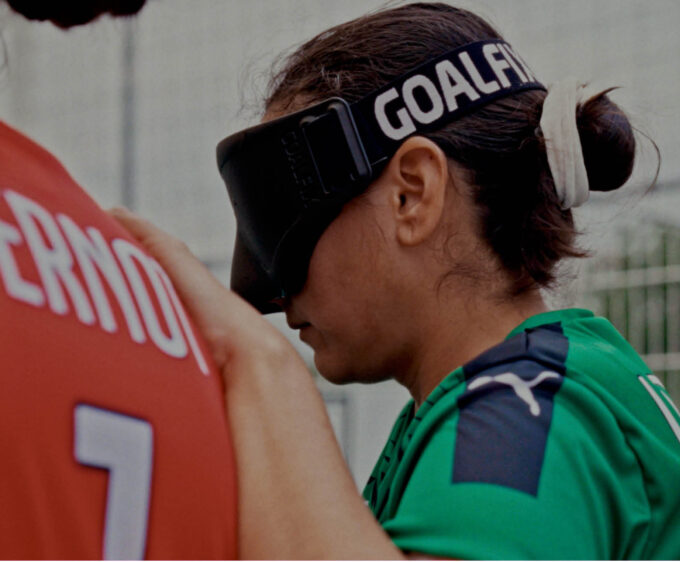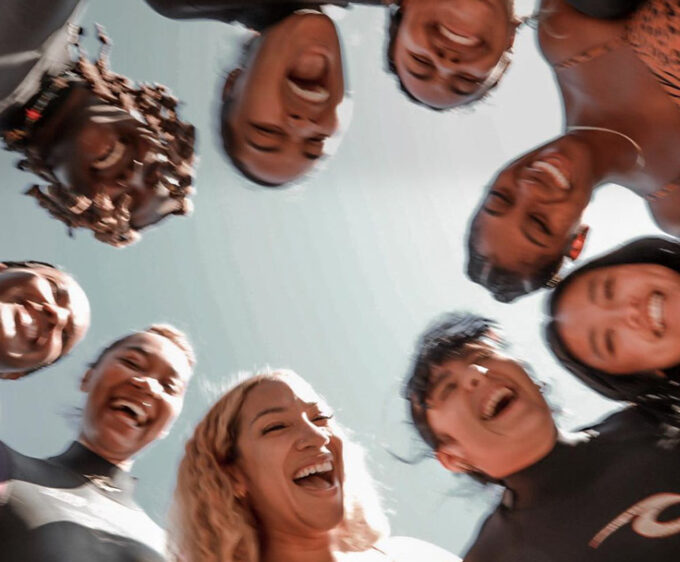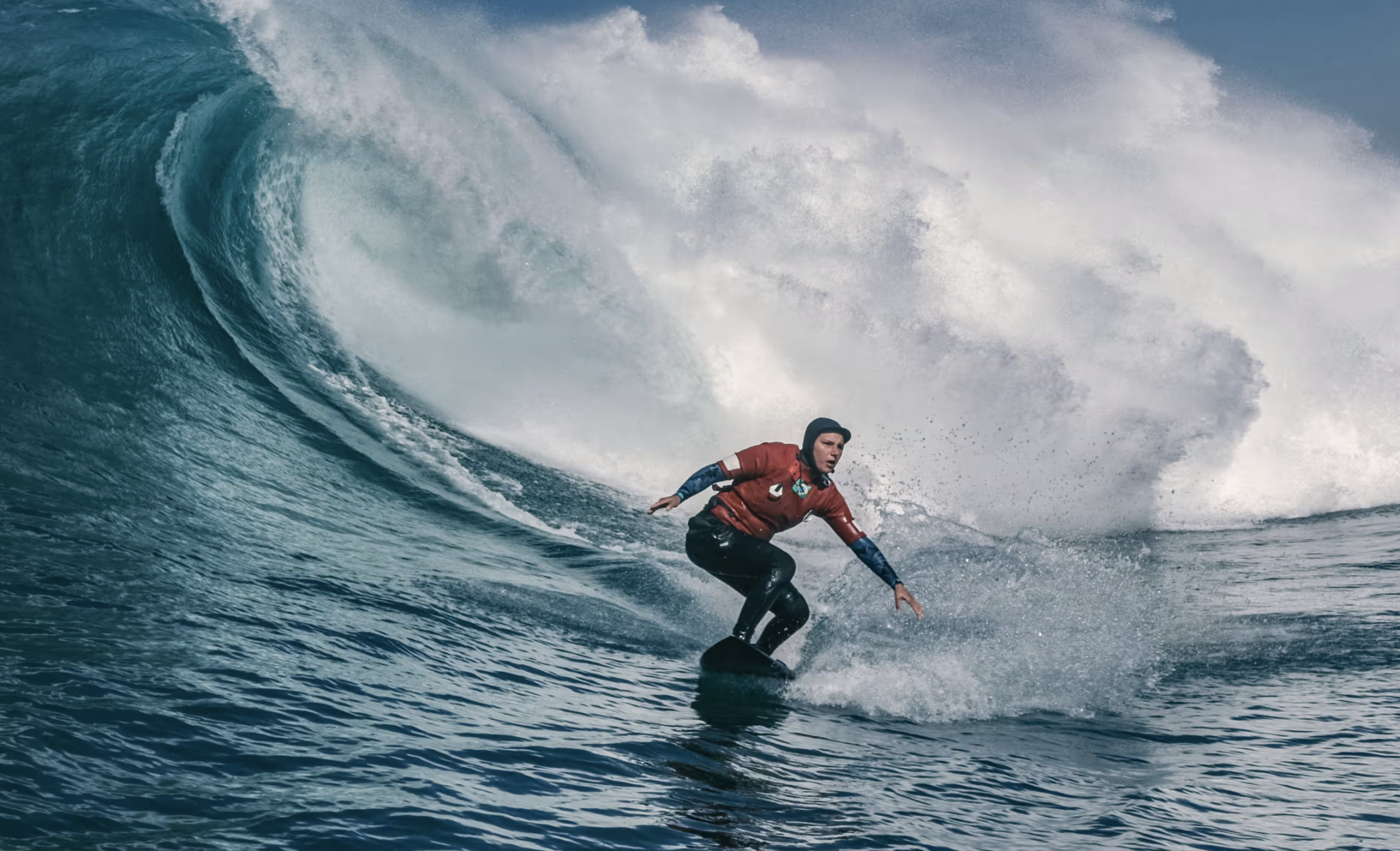
MAYA and the Wave
Maya Gabeira overcame a near-fatal injury to ride the world's biggest wave, an achievement captured in the documentary Maya & The Wave. The film's director and cinematographer, Stephanie Johnes, embarked on her own remarkable journey to bring this story to life.
By Ellë Bolland
Maya Gabeira is a force of nature, and so is Maya & The Wave, the extraordinary documentary chronicling her journey to break the world record for riding the biggest wave ever surfed by a woman. Directed by Stephanie Johnes, the film is not only about one woman’s unrelenting pursuit of her dream, but also about the complex dynamics of courage, sexism, and resilience.
In a world of predictable choices—social norms, traditional careers, and comfortable routines—Maya Gabeira is a powerful outsider. The youngest daughter of a Brazilian politician, she defies the stereotype of a young Latin American woman: uninterested in designer clothes, expensive cosmetics, or partying until the early hours, Maya is driven by her zeal for riding waves—colossal, death-defying waves.
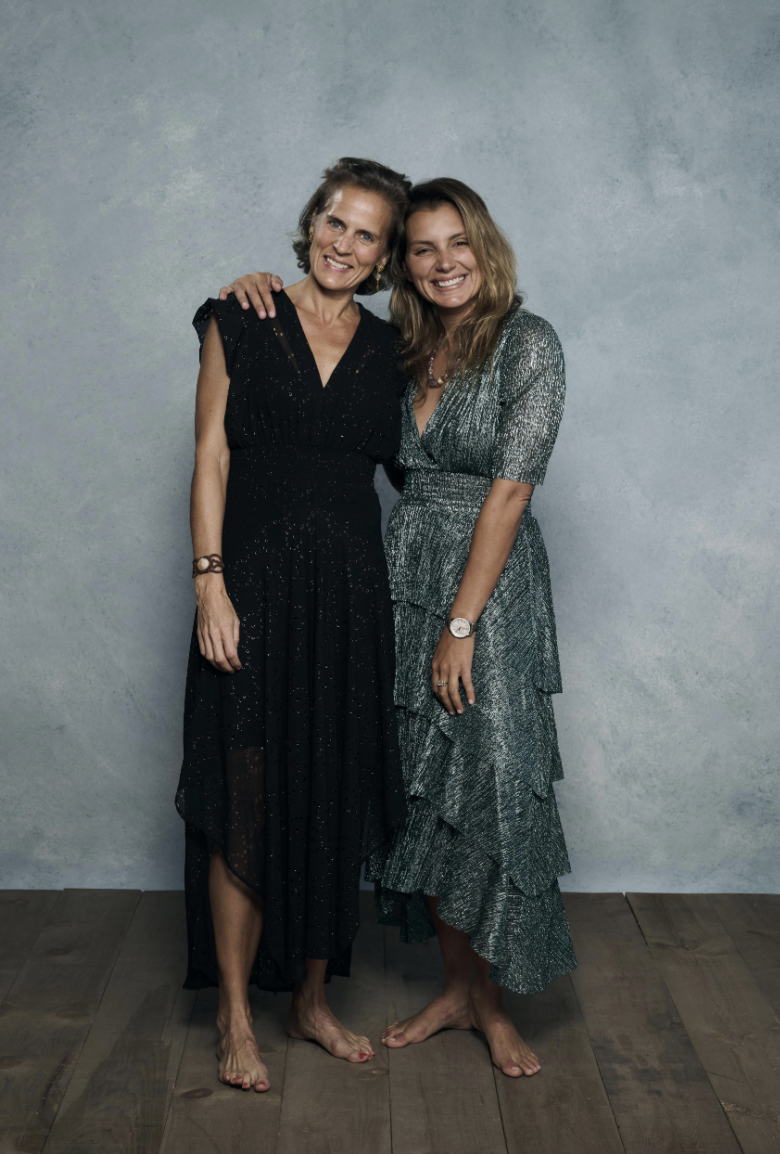
One of those lessons almost cost Maya her life. In 2013 she nearly drowned after a wipeout at Nazaré, the same wave she’d later break the world record for the biggest wave ridden by a woman. Her tow partner, Carlos Burle, found her floating face-down. Maya realised she had lost control of the situation and that it was now in the hands of fate, “I remember hitting it and falling backwards, then seeing the lip come over me”. She reflects that coming to terms with the possibility of death is an incredibly difficult process, leaving a scar that, in her words, will likely stay with her forever. It’s no surprise then when Maya went to attempt riding the wave taller than a five story building again, she felt a strong sense of trepidation – not only because her previous attempt almost ended in her death, but because there was now an entire film crew that had spent a decade waiting for this moment she’d conquer (and survive) it.
Surfing, specifically big wave surfing, isn’t a sport where you’re doing it to make fortunes, but instead to get rich with experiences and tackle bigger challenges. Without giving your full commitment in the moment of attempting a big wave, you run the risk of sustaining a fatal injury. It’s not a sport for beginners, nor for the faint-hearted. “Every time I paddle out, because I understand the consequences – but when you’re able to conquer it, that is one of the most empowering feelings,” says Maya, and she describes the “life lessons” that the ocean imparts. “I joke that big-wave surfing was my university: I got taught by the ocean, in hard ways”.
While of course Maya’s attempt was a magnificent feat, one might wonder: why make a film about it? When speaking to Director and Cinematographer, Stephanie Johnes, I learn that she has a niche for telling the stories of underdogs, “I’m drawn to the unsung heroes and the hidden stories that haven’t been told yet,” she explains, “There are plenty of famous tales that have been recounted time and time again, but women’s achievements have been overlooked throughout history and now is really the time to change that.”
Whatsmore, in the aftermath of her near-drowning, Maya became a target of sexist commentary, particularly from renowned American surfer Laird Hamilton. Hamilton humiliated Maya with his statement, “Maya doesn’t have the skill to be in these conditions; she shouldn’t be surfing waves like this,” undermining not only her physical ability but also her autonomy as an independent woman. He added, “I feel like it’s her tow partner, Carlos Burle’s responsibility to take care of her”.
It’s another reason why the story is so powerful, beyond the fact Maya succeeds in this personal challenge. Reflecting on why she believes audiences can learn from Maya’s story in the film, Stephanie says, “Every viewer who watches the film will take away something different. It’s a story that resonates with so many women who have been doubted and challenged in their journey to achieve something great”.
Watching the film gear up to the footage of Maya attempting the wave, it induces goosebumps and gritted teeth; the 5ft5 inch surfer, a tiny speck against the white horses breaking beneath her, is just millimetres away from changing position and ending her ride in a fatal wipeout. But it happens, she’s triumphant. Maya breaks the record for riding the biggest wave ever ridden by a woman. Maya acknowledges that the culture has significantly improved in recent years, stating that while it may not be fully welcoming of women yet, it has become a place where they can strive for more. “That’s progress. There’s representation!” she says.
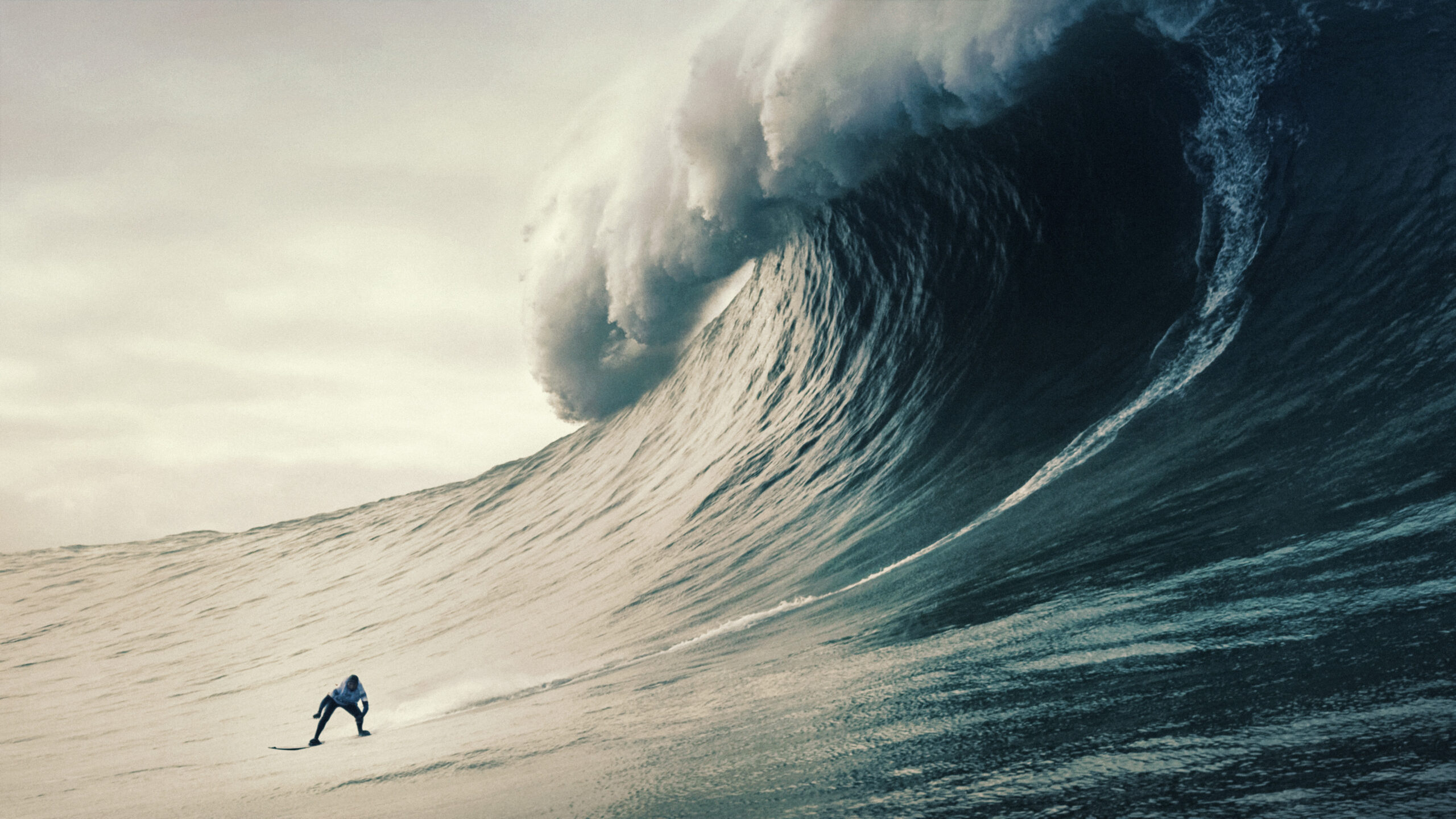
commitment
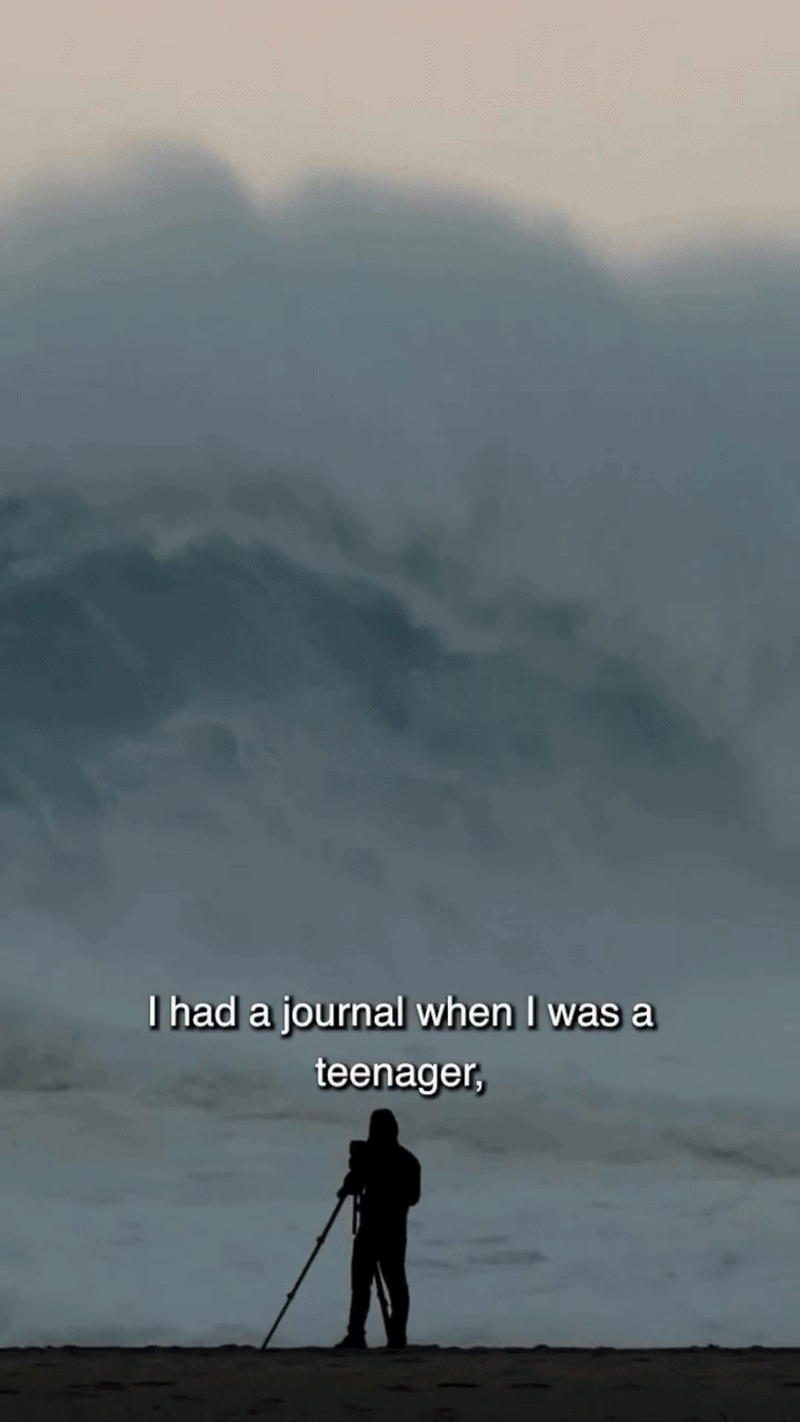
Reactions to Maya’s record have been mixed. Headlines began to emerge after the record was confirmed a few months later, but it has been the mainstream media that showed more interest than the surf media. The surf publications, often focused on men’s achievements, were among the few to give the story significant attention. This ties back to Stephanie’s motivation for turning this story into a film and her persistence to push the needle forward. Capturing Maya and her journey represents the small, determined group of female athletes fighting to claim their place in a testosterone-driven sport. “Men weren’t used to seeing women surf big waves, and I think it bruised their egos a bit!” Stephanie tells me. “Big wave surfing (which is different from regular surfing) is such a macho sport, and many men do it partly to prove how tough and brave they are. When a young woman can surf a wave just as big as the men, it threatens their sense of masculinity”.
It makes me wonder about the creative process behind making a film like this, from the initial idea to its global premiere. “It all began with a curiosity for big wave surfing,” Stephanie tells me. She explains that the creative process for a project like this is full of unpredictability, which is part of the thrill. “You’re capturing real life with no script, no real control of the story, so you really have to go with the flow and capture those raw, unfiltered moments as they unfold”.
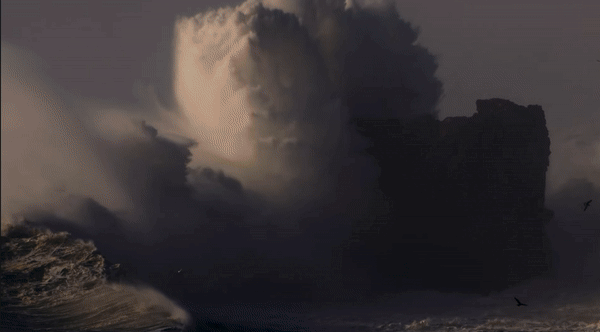
Big wave surfing is the unruly cousin of regular surfing – it’s less commercial and far more extreme, a bit like ultramarathons to regular runners, and with far less women in the game too. Regular surfers have a huge sense of admiration for big-wave surfers – it’s not just heading out for a few hours on your board, it’s preparing for the ultimate sacrifice every time you paddle out. Once you’re out, you have to fully commit, otherwise you could be killed. “People often ask if I feel fear, but that’s exactly why I do it – I do it because I’m afraid!” says Maya in the film.
I learn that the story behind making the film was just as intense as the film itself. “Death made regular appearances throughout the years of producing Maya and the Wave,” Stephanie shares. “First, there was Maya’s accident and near-drowning in 2013. Then, in 2020, Maya finally set her second world record – and the same day, my stepfather passed away”. Stephanie tells me that wasn’t the end of the fatalities… “Six months later, my sister’s partner died in a freak accident while surfing at a small break in Ventura, California, which really hit home.
In 2022, just after our TIFF premiere, our co-producer and cinematographer Jorge Leal suffered a brainstem stroke, and the doctors told us he wouldn’t survive. He was completely paralysed, but after 10 months of intense rehab, he’s finally back home and on the mend”. Stephanie pauses before adding, “We all took time to grieve and heal after these moments, and we were constantly reminded that it’s an extraordinary privilege to be here on Earth”. It’s a testament to the enduring force and friendships between Stephanie, Maya, and the entire production crew. None of them dismissed a challenge. After surviving such struggles, Maya and the Wave has just completed a global tour across London to New York, Paris to Berlin and many more locations.
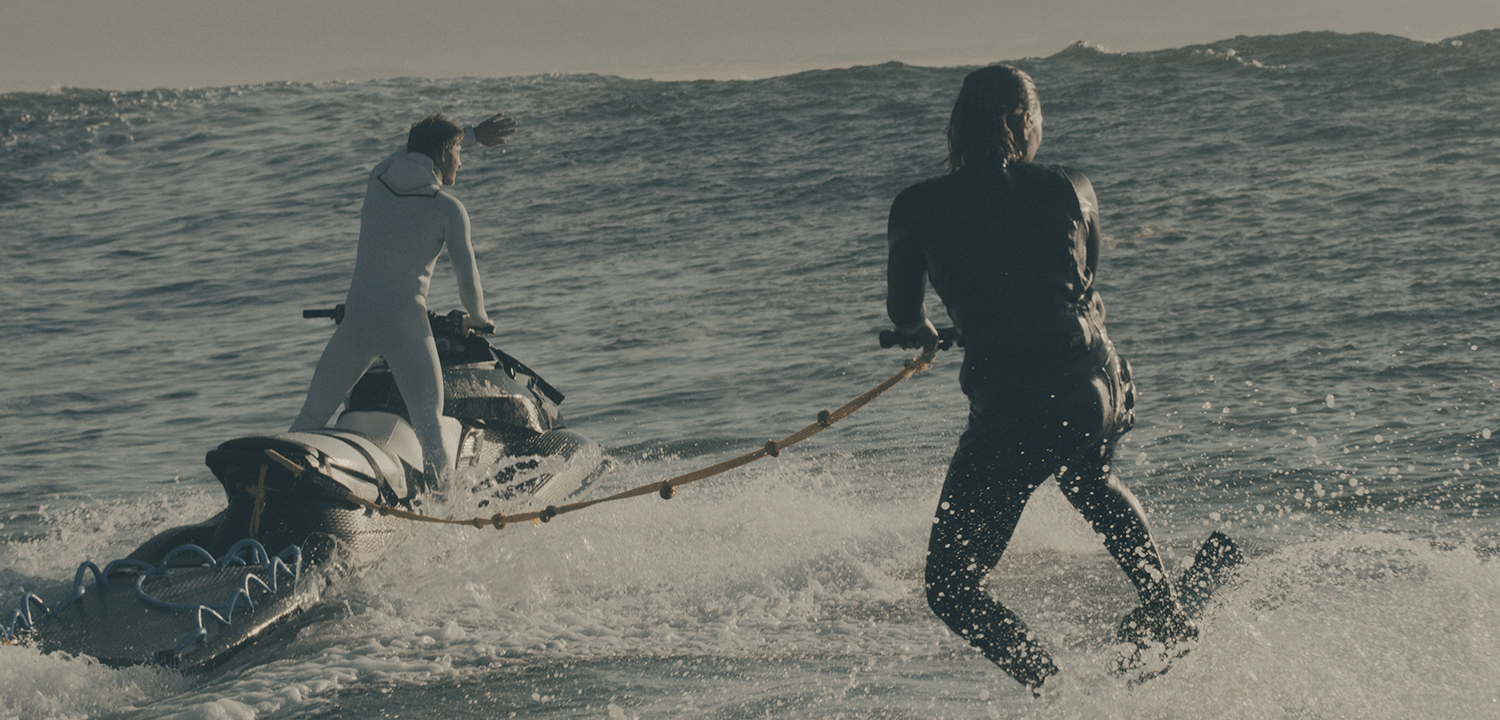
Ambitions
After experiencing the emotional and physical turmoil of creating Maya & The Wave, I’m curious about what’s next for Stephanie. How does someone return to normal life after enduring so much hardship, loss, and the years of hard work that went into this film? “Right now, I’m focused on releasing Maya and the Wave,” she says. “We’re doing it independently, without the support of a studio or streaming platform. My goal is to ensure the film reaches the widest possible audience. This is a once-in-a-lifetime project that turned out exactly as I had dreamed, so I have no need to do another one!”. She pauses, before adding with a touch of relief, “After the release, I plan to take a much-needed rest. This project took more than a decade of hard work and most of my savings. But after that, I’m likely to pursue a new adventure.”
Despite an intense journey, Stephanie is still looking ahead to the next chapter, driven by a sense of purpose that goes beyond filmmaking, “There’s a lot of work to be done around media literacy in the U.S.,” noting that the information ecosystem is faulty and having terrible consequences. Instead of continuing to make films or media that may not reach the people who need it, she believes it makes sense to focus her energy on addressing this issue.
For both Maya and Stephanie, Maya & The Wave represents not just a triumph over personal fear and the doubt of the public, but a call for a shift in how we perceive women in extreme sports, and the narratives we choose to tell. In the end, it’s about rewriting the rules and embracing the power of the human spirit to overcome things in the shadow of doubt. As both women look to the future, one thing is certain: their story is far from over.
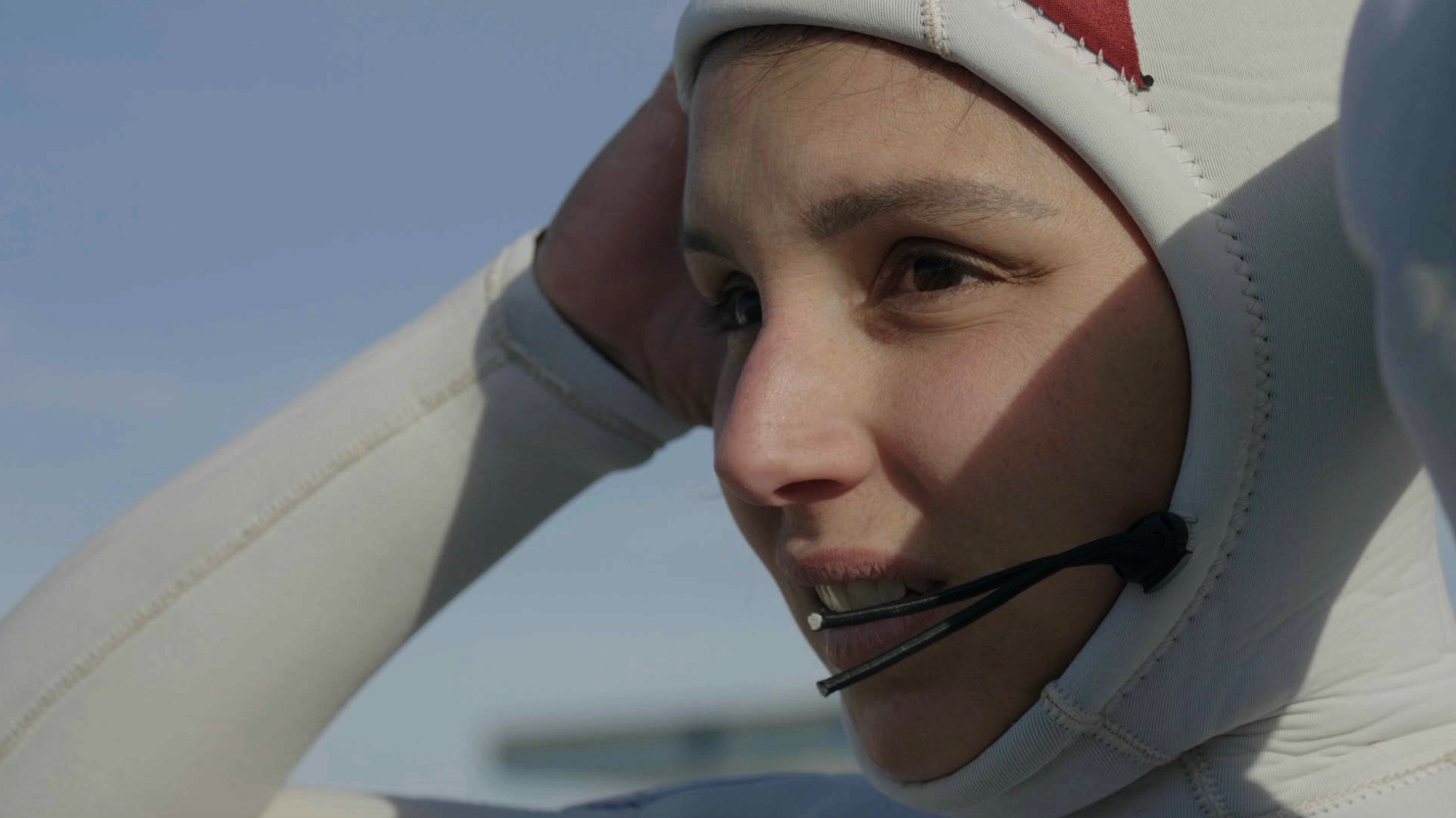
Find out more about the film (including where to watch it!) here: mayaandthewave.com
Follow Maya and the Wave on social here.

